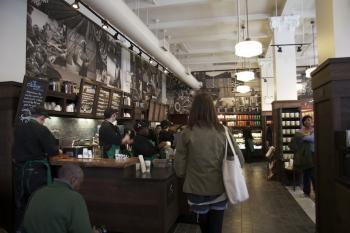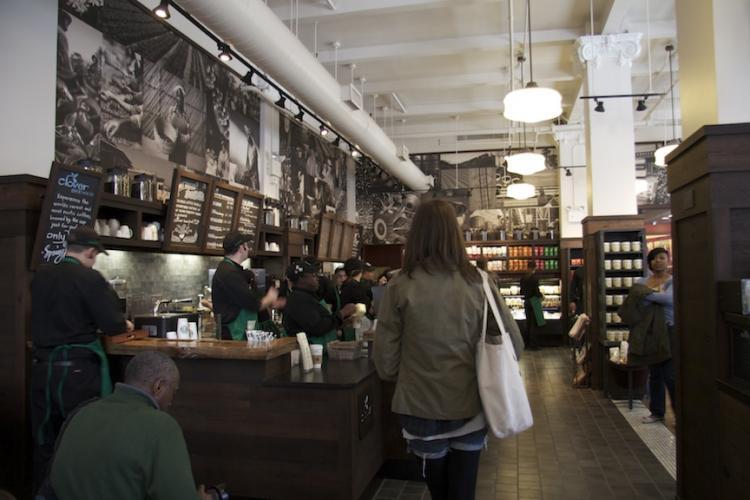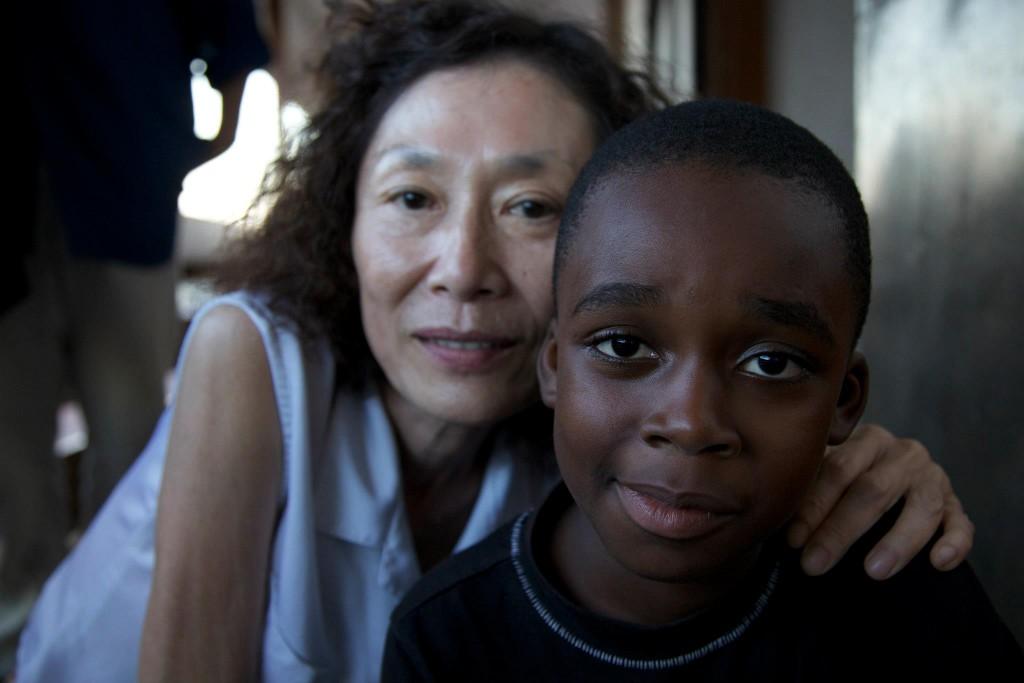One Manhattan Starbucks to be LEED Certified
The 15-year-old Starbucks store at the corner of Crosby and Spring St. was the first in Manhattan to receive leadership.

The 15-year-old Starbucks store at the corner of Crosby and Spring St. was the first in Manhattan to receive Leadership in Energy and Environmental Design (LEED) certification on Tuesday. Kristina Skorbach/The Epoch Times
|Updated:






